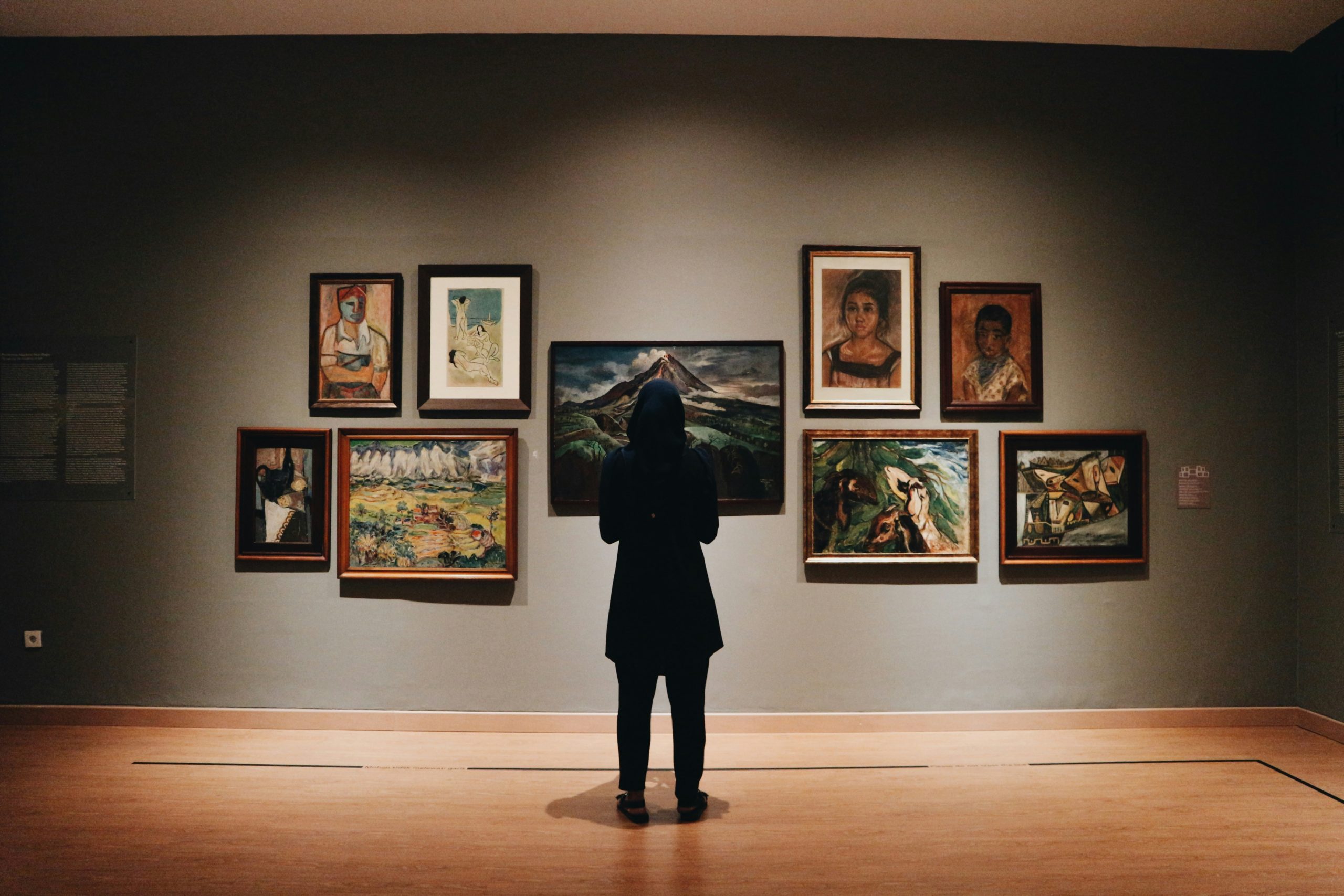There is increasing recognition that research activities in arts and culture have a crucial role to play in mobilising and catalysing societal change to address Grand Challenges – such as: facing the climate emergency, reducing regional inequalities, promoting health and wellbeing, developing technologies for social good. The CIMR Debate in Public Policy held on March 13th, 2024, hosted a panel composed of: Ning Baines (Lecturer, University of Leicester), Federica Rossi (Associate Professor, Birkbeck and Università di Modena e Reggio Emilia) and Evelyn Wilson (Director, National Centre for Academic and Cultural Exchange , NCACE), who have recently authored a report discussing the role of arts and culture research in addressing Grand Challenges using evidence from the impact case studies submitted to the Research Excellent Framework (REF) 2021; and Matthew Guest (Head of Local and Regional Business Engagement, University of Central Lancashire) who provided discussion points to the debate. The session was chaired by Milica Bozanic, Executive Director of the Serbia Film Commission and a CIMR alumna.
Federica Rossi provided an overview of the extent to which the impact case studies submitted to REF 2021 featured impacts relating to arts and culture, showing that about 15% of all impact case studies contained some reference to arts and culture, with the majority of these cases having been submitted to units of assessment in the humanities – although interestingly more than 10% of the cases submitted to Physics reported some engagement with arts and culture. Compared with the other cases, those with arts and culture related impact tended to have fewer formal partners, but they were more likely to receive external funding and to have a larger number of funders, they were less likely to be a continuation of cases submitted to REF 2014; they included numerous mentions of cultural institutions (such as museums, galleries, libraries, archives, historic buildings) – 289 different cultural institutions mentioned in 202 cases – which therefore can be said to play an important role in the research ecosystem. Indeed, a finer grained investigation of the involvement of cultural institutions identified eight different modes of engagement between researchers/HEIs and cultural institutions.
Ning Baines shared data showing that about 900 impact cases contained references to both arts and culture research and Grand Challenges in four domains (placemaking and levelling up; health and wellbeing; technologies for social good; environment and climate change).

A more detailed analysis of a subset of these case studies focused on the main types of beneficiaries of the activities implemented in these domains, as well as on the main types of partner organisations mediating the generation of impact, and on their main roles. Partner organisations were mainly involved in:
- Supporting research activities
- Using and disseminating their outcomes
- Co-designing (interventions, initiatives, programmes, training etc.)
- Co-developing (technologies, products, services)
- Developing further initiatives based on the research
Additional points were made about the timescale of the research, which often generated further impacts in a nonlinear, recursive fashion, and about the specificities of cases tackling Grand Challenges in different domains.
Evelyn Wilson concluded the presentation of the report’s main findings by focusing on the involvement of Arts Council England’s body of NPOs (National Portfolio Organisations) in REF 2021. Focusing on a subset of 100 NPOs (composed of the top 50 funded arts and cultural organisations in the Portfolio, and another 50 NPOs around the middle of the Portfolio allocation), the analysis highlighted the main features of NPOs in the two samples, and then moved on to discuss the involvement of NPOs in cases which addressed Grand Challenges in different domains.
In his discussion of the report, Matthew Guest highlighted the central role of placemaking and levelling up themes, which he expects to become even more prominent in future iterations of the REF. He was surprised to see that in the analysis there was little mention of the economy and of financial issues, which are however very pressing for HEIs particularly when it comes to arts and culture research, so he wondered if formally asking HEIs to discuss these themes in the impact case studies might be helpful. He remarked that the case studies highlighted the interconnecting role of arts and culture research, which is able to bring together issues pertaining to different Grand Challenges at the same time. As a final reflection, Matthew pointed out the crossover between knowledge exchange and research impact, and at how in the future we are going to probably see a merge between the different tools used to evaluate HEIs’ engagement in these different domains.
The chair Milica Bozanic asked a question about whether the panelists thought that arts and culture research and STEM might be growing closer over time, which the panelists agreed with.
Thank you very much to the panelists, discussant and chair for this very interesting and timely discussion.
Link to the full report: https://ncace.ac.uk/wp-content/uploads/2023/12/NCACE-Ref-2021-Research-Impact-and-the-Arts-and-Culture-Sectors-2.pdf
Link to the recording of this event:

